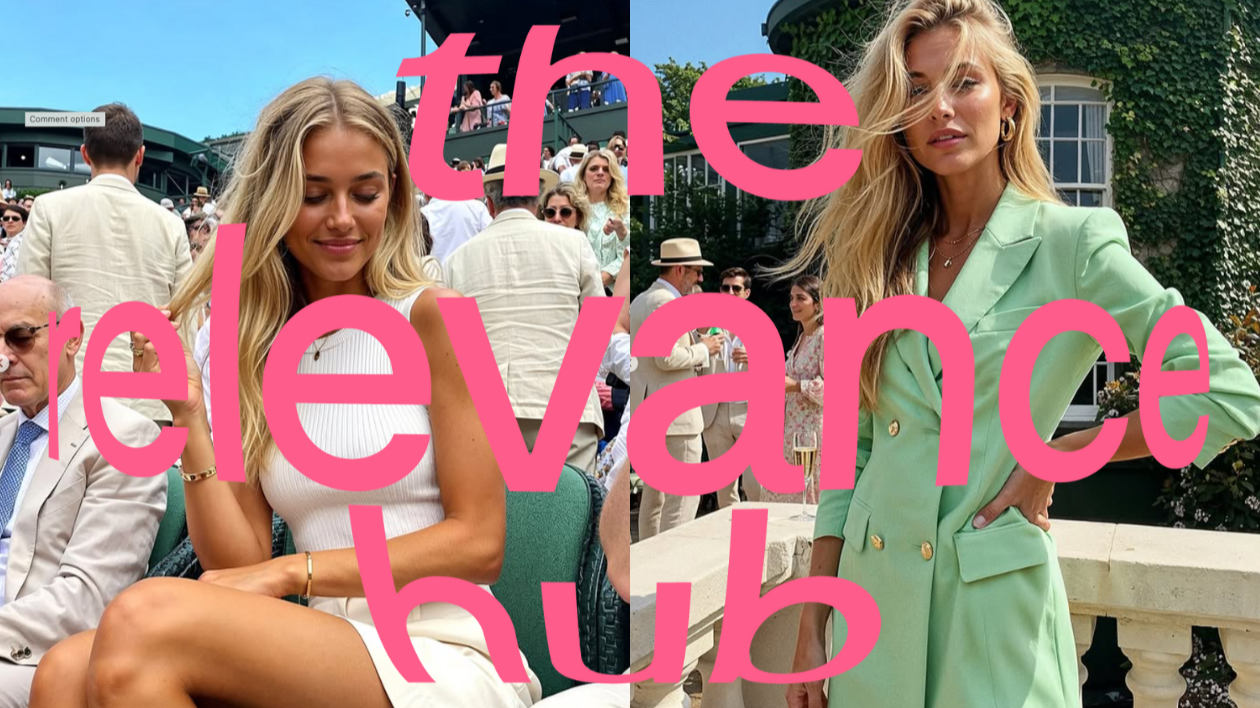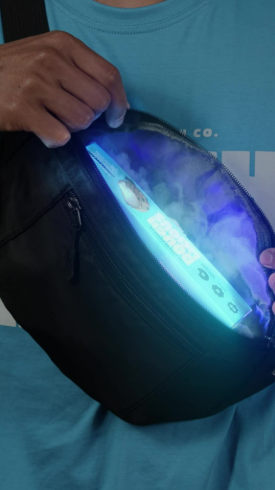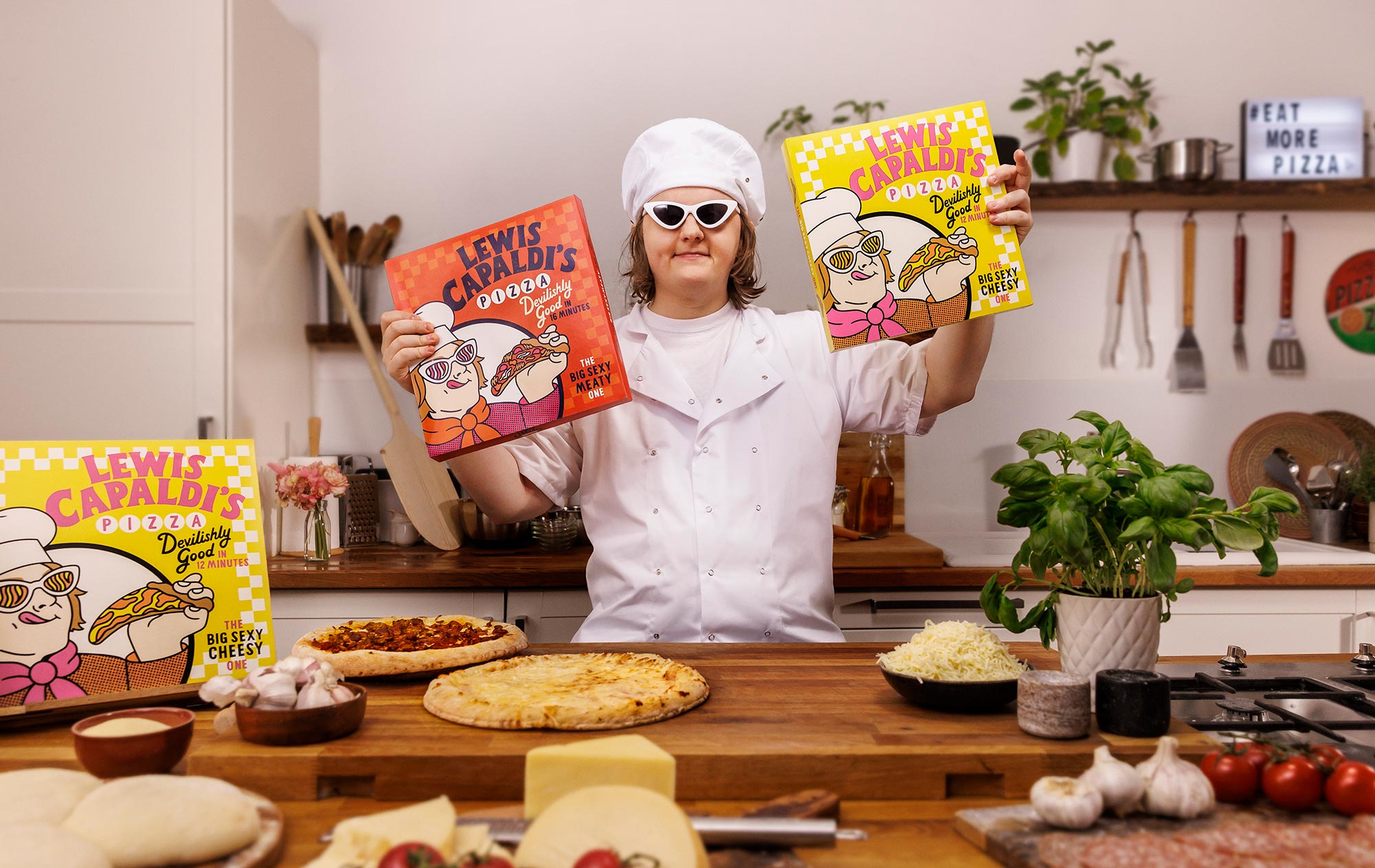If your brand’s not showing up on social, someone else is stealing your screen time. And by now we should all know that attention is everything.
With 32% of consumers now spending over three hours on social media per day, showing up is now a non-negotiable. But there’s a big difference between creating content and posting it at the right time.
When talking about planned content, the magic happens when the two work together: bulk-create, schedule strategically, and keep your feed flowing without the daily scramble.
Here's how to nail the what, when, and how often.
Why Social Media Posting Frequency Matters
Social media posting frequency doesn’t guarantee you’ll go viral. It means you’ll stay relevant. And in our book, that’s actually more important.
Posting consistently gets you 5x more engagement. It’s all about visibility. And visibility drives conversions.
All your favourite social platforms want a consistent stream of creative content. Don’t keep up, and you’ll soon be forgotten by the algorithm. Even worse, your audience will forget you exist.
Here’s what the algorithm loves to see:
· Recency: Fresh, relevant posts tend to rank higher.
· Engagement Velocity: How quickly people engage. A fast reaction rate equals more feed visibility.
· Content Variety: Mix it up. It shows you’re active and agile, not a one-trick pony. Think carousels, stories, reels, and lives.
But we’re not just trying to please the machine. You’ve got to train your audience. Let them know when you’re going to show up. This way they’re more likely to tune in and come back for more.
What to Post and When
On Instagram reels generate 1.36x more reach than carousels. On TikTok, 60% say they want funny content. Why does this matter? Understand the platform’s needs and you’ll soon see those engagement stats start to shoot up.
Take TikTok and LinkedIn. As audiences go, they’re pretty much on different ends of the scale.
TikTok thrives on raw, spontaneous, fast-paced video content. Trending sounds, viral challenges, quick edits are what users crave. Less planning, more reaction.
On LinkedIn, we’re talking thoughtful, well-crafted expert insights. Content that builds trust, educates, and drives conversation. More planning, more insights.
Usually, repurposing reactive TikTok videos on LinkedIn will fall flat. Likewise, that insightful post you’ve been planning for weeks on LinkedIn won’t gain TikTok traction.
Social Posting Frequency by Platform
Here’s your no-fluff breakdown. What to post. Where to post. And how often to do it without losing your mind.
- Instagram: 3 to 4 mixed media posts a week and 2 stories per day. Think a heady mix of carousels, reels, and static posts.
- TikTok: 3 to 5 times per week… or more if you have capacity. Monitor trends, be reactive, stay current. The more you post, the more likely you engage.
- Facebook: Once per day. Stay relevant but don’t overwhelm.
- LinkedIn: 2 to 3 times a week. Weekly posting gets you 2x more engagement, so what are you waiting for?
- Twitter/X: 2 to 3 times per day. Twitter moves quickly and so should you.
Why One Size Doesn’t Fit All
We’ve got the “how often” part down, now let’s dig into the why. Why do different posting frequencies work for different platforms - or even sectors - and how can we stay on top of it?
You and your audience
If you’re fashion-focused and trend aware you probably want to be all over socials with daily content across channels. But targeting niche audiences in B2B markets? Pick a channel and work it well.
Got a bigger audience already? Keep the beast fed with regular posts. Your followers small but perfectly formed? Less and more focussed works for them.
Differences in Content Lifespan
What disappears in 24 hours on one platform can live (and drive traffic) for months on another. Instagram Stories vanish after a day. Pinterest Pins can surface in search results for months.
Pinterest and YouTube reward evergreen content. Instagram Stories and TikTok demand a more regular drumbeat to stay visible.
Quality vs Quantity
TikTok embraces volume. Want to post 3-4 times a day? That’s no problem. It’s actually encouraged, especially when using trending sounds and formats.
Over at LinkedIn and Instagram, quality always trumps quantity. Audiences want purposeful posting, not repetition.
Content That Lasts vs. Content That Moves
Not all content serves the same purpose. Campaign launches, seasonal trends and reactive posts need a short, fast push to stay relevant. Evergreen content (your tutorials, FAQs, or educational posts) have long-term value. Share these at a slower pace and repurposed over time.
Have a mix of content to stay exciting in the eyes of your audience.
Reuse, Recycle, Remix
Content creation requires a lot of input. Smart brands make posting frequency consistent by repurposing content.
TikTok Instagram Reel
Blog Post LinkedIn Carousel
Instagram Stories Refreshed with new covers and captions
Remixing across platforms and formats ensures consistency without burnout; for you and your audience.
How Often Should Your Brand Post?
We’d love to give you a magic number. One that fits every brand. Unfortunately though, the truth is social posting frequency depends on you, your unique mix of resources, your KPIs and even your audience.
Have a think about these:
· What can you actually manage? Can you consistently roll out high-quality, relevant socials without burning out? Or is it better to post less and post well?
· Dig into the data: Are your posts engaging? Are you gaining followers? Keep an eye on the metrics. Find when it’s time to scale up or down.
· Posting frequency that feeds into goals: Looking to build brand visibility? Post daily. Want meaningful relationships, post less often but with content that sparks conversation. Each social schedule should be unique to your brand.
Signs of TMI
Before you hit “post”, consider this: when brands moved from 0.5 to 1.5 posts per day, they suffered a 19% reduction in engagement per post.
More is not always better. And it might be turning your audience off. Push too hard and your audience tunes out. Too little, and they forget you exist. It’s about striking the sweet spot.
Posting Too Much Looks Like:
· Engagement Fatigue: Likes and comments dip even though you’re posting daily. Audience is likely overwhelmed or bored by repetition.
· Follower Churn: A steady stream of unfollows means you’re becoming noise, not value.
Posting Too Little Looks Like:
· Stagnant Growth: Stuck with the same followers for months, inconsistent posting could be to blame.
· Low Impressions: Algorithms favour fresh content. You don’t post, you aren’t surfaced.
The Spin Angle
Frequency is a powerful lever, but it’s not a social strategy. More only works when there’s a reason. Every post should offer something to your audience. Insight or entertainment, it should strike a chord and leave them coming back for more.
That’s where Spin comes in: we build tailored, culture-first strategies that balance consistency with creativity, making sure every post has a purpose and every brand moment lands.
Need a posting plan that actually performs? Let’s build one together.




